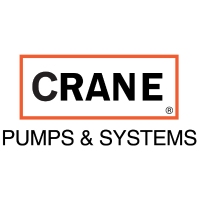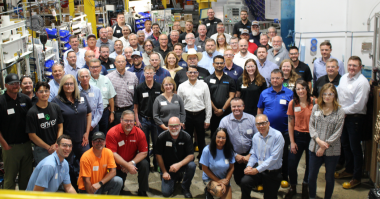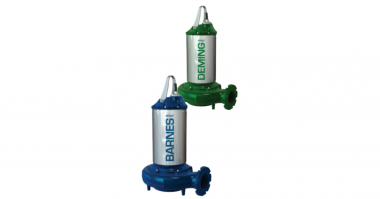Flushable wipes, also known as non-woven wipes, have many purposes and have become increasingly popular in the past few years, creating a global issue. The wipes market is currently around $1.4 billion and is expected to grow to $2.7 billion by 2020 according to Smithers Quality Assessments, an accredited quality, environmental and safety management systems certification body serving, industrial, commercial, government and service businesses. Flushable wipes can be used for personal hygiene, removing makeup, household cleaning etc. The majority of wipes consist of a combination of non-woven cotton and rayon fibers, as well as plastic resins polyester, polyethylene and polypropylene. The fibers are spun into a tangled mat and then compressed, along with binders and other materials to make a sheet. Cleaning products, preservatives and other chemicals may then be added to the sheet.
How Are Flushable Wipes Tested?
The INDA (United States Industry Association) and EDANA (Europe’s Industry Association) commonly perform the slosh-box test to determine whether or not a wipe is flushable. The slosh-box test was developed by INDA and EDANA with input from members of the water treatment industry. In the slosh-box test, a single wipe is placed in an oscillating box containing two liters of tap water for three hours. When the three hours are complete, the contents of the box are rinsed through a 12.5mm perforated plate sieve. For the wipe to be considered flushable at least 25% of the initial dry mass must pass through the sieve.
It is important to note that the slosh-box test is behavior based. Should more than one wipe be flushed at a time or too many wipes be flushed in specific period of time, the wipes will likely not break down properly. Another note is that this test is not required for a product to be labeled as flushable, any company that is not a member of the INDA or EDANA is not required to submit to the slosh-box test.
Flushable Wipes’ Affect on Sewer Systems
The resins that are added to flushable wipes in combination with the non-woven cotton and rayon fibers are manmade and these resins add to the solid sludge layer that collects at the bottom of septic tanks. Most flushable wipes are too thick and strong for sewer systems due to the need for the wipes to maintain their consistency when soaked in their packaging, yet dissolve when entered into a septic system. Toilet paper pulls apart and deteriorates when put into water, yet flushable wipes do not biodegrade quick enough to avoid pipe clogging due to the durable materials used and turn into a soggy, solid mass that descends to the sewers. Once the resins are stuck, they create blockage for other things like diapers, tampons and condoms to catch onto creating fatbergs.
Fatbergs Around The World
Fatbergs are large rock-like mounds of fat, diapers, condoms and hygiene products including flushable wipes. Within the past few years alone, London England has needed hundreds of man hours and millions of dollars to repair and fix sewage blockages due to flushable wipes. In, 2017 a 250 meter long fatberg weighing 130 tons was found blocking a sewer, according to BBC. This particular fatberg took nearly three weeks for eight workers to break up the mass. To accomplish this high-pressure hoses were used to suck up the pieces into tankers that were then taken to a recycling site. The city of New York spent approximately $18 million over five years on fatbergs alone according to National Geographic.
Solutions
To combat the problems that come with flushable wipes, Crane Pumps & Systems offers a solution, the Barnes SITHE Chopper pump. The SITHE Chopper pump solves clogging with an innovative and unique chopping technology that slices even the most troublesome solids in waste water. With distinguishable features like the open center cutter design, replaceable heat treated blades, plug-n-play cord etc. the SITHE provides unparalleled value to customers. The SITHE features three large discharge sizes of 3”, 4” and 6” to meet the needs of existing applications.




